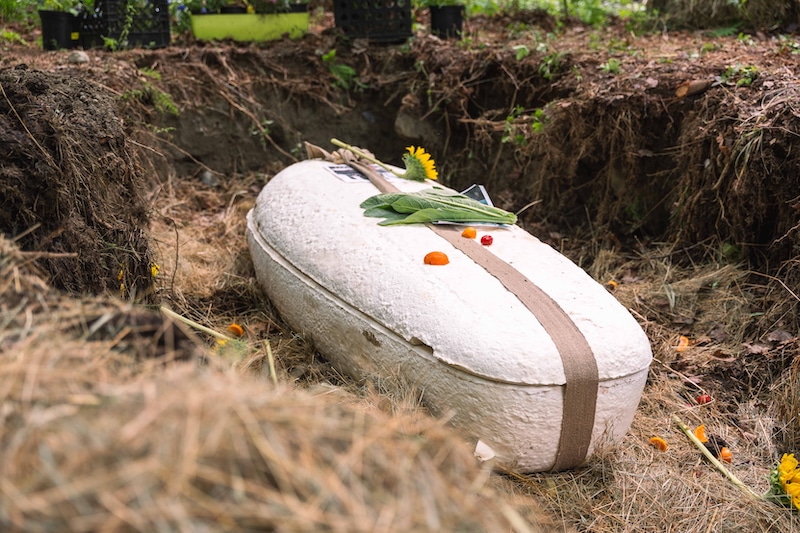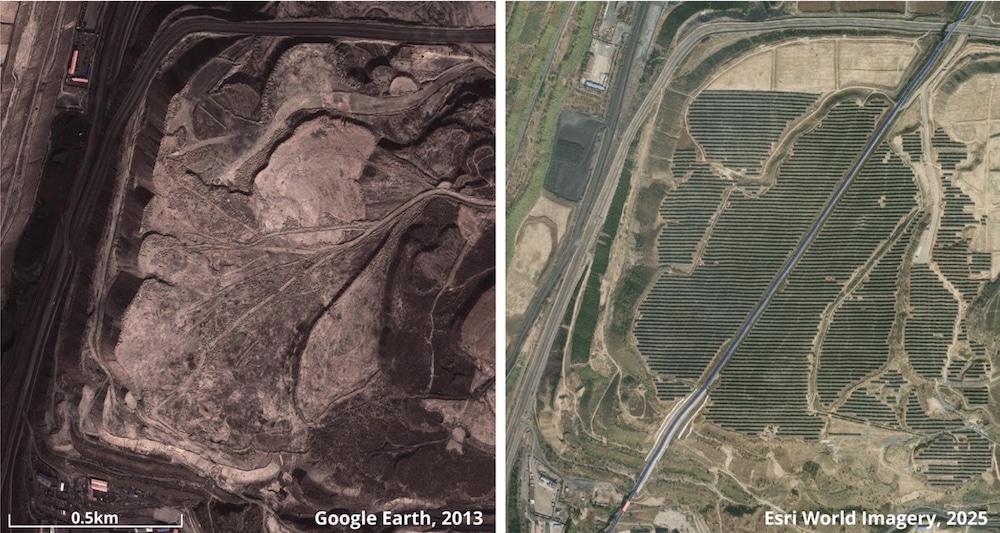by Komoneed | Jun 25, 2025
IN A NUTSHELL 🔋 Finland launches the world’s first industrial-scale sand battery to store surplus renewable energy as heat. 🌍 The project aims to reduce CO2-equivalent emissions by nearly 70%, supporting Finland’s goal for climate neutrality by 2035. 🔄 This innovative system plays a crucial role in grid stability and promotes a circular economy by […]
The post “Europe Just Flipped the Switch”: World’s Biggest Sand Battery Goes Live and Instantly Slashes CO2 Emissions by 70% appeared first on Sustainability Times.

by Komoneed | Jun 23, 2025
With all the chemicals, wood and land used in traditional burials, they can be detrimental to the environment. Now, a company from the Netherlands has developed a casket made entirely of mycelium — the network of thread-like structures that make up mushroom roots — that biodegrades within 45 days of burial. The innovative Loop Living […]
The post First-Ever Mushroom Casket Burial in North America Could Signal Cultural Shift Toward More Planet-Friendly Traditions appeared first on EcoWatch.

by Komoneed | Jun 22, 2025
The full-scale invasion of Ukraine by Russia more than three years ago and the ongoing war has led to the confirmed deaths of thousands of people, displaced millions and caused millions more to seek refuge in other countries. But it isn’t just humans who are impacted by the war. Millions of animals — both pets […]
The post ‘Animals in War’ Film Anthology Tells Stories of Animals and Ecosystems Impacted by Russia’s War on Ukraine appeared first on EcoWatch.

by Komoneed | Jun 22, 2025
Recently shuttered coal mines around the world can have new life as solar farms, potentially adding nearly 300 gigawatts (GW) of clean energy by 2030, a first-of-its-kind analysis by researchers from Global Energy Monitor (GEM) has found. GEM’s Bright side of the mine report identified 312 surface coal mines that had been closed since 2020, […]
The post Turning Shuttered Coal Mines Into Solar Plants Could Add 300 GW of Renewable Energy by 2030: Report appeared first on EcoWatch.

by Komoneed | Jun 22, 2025
This post was originally published on The Spin OffRereri has opened its first pop-up at Piero Tucci, an iconic Florence...




